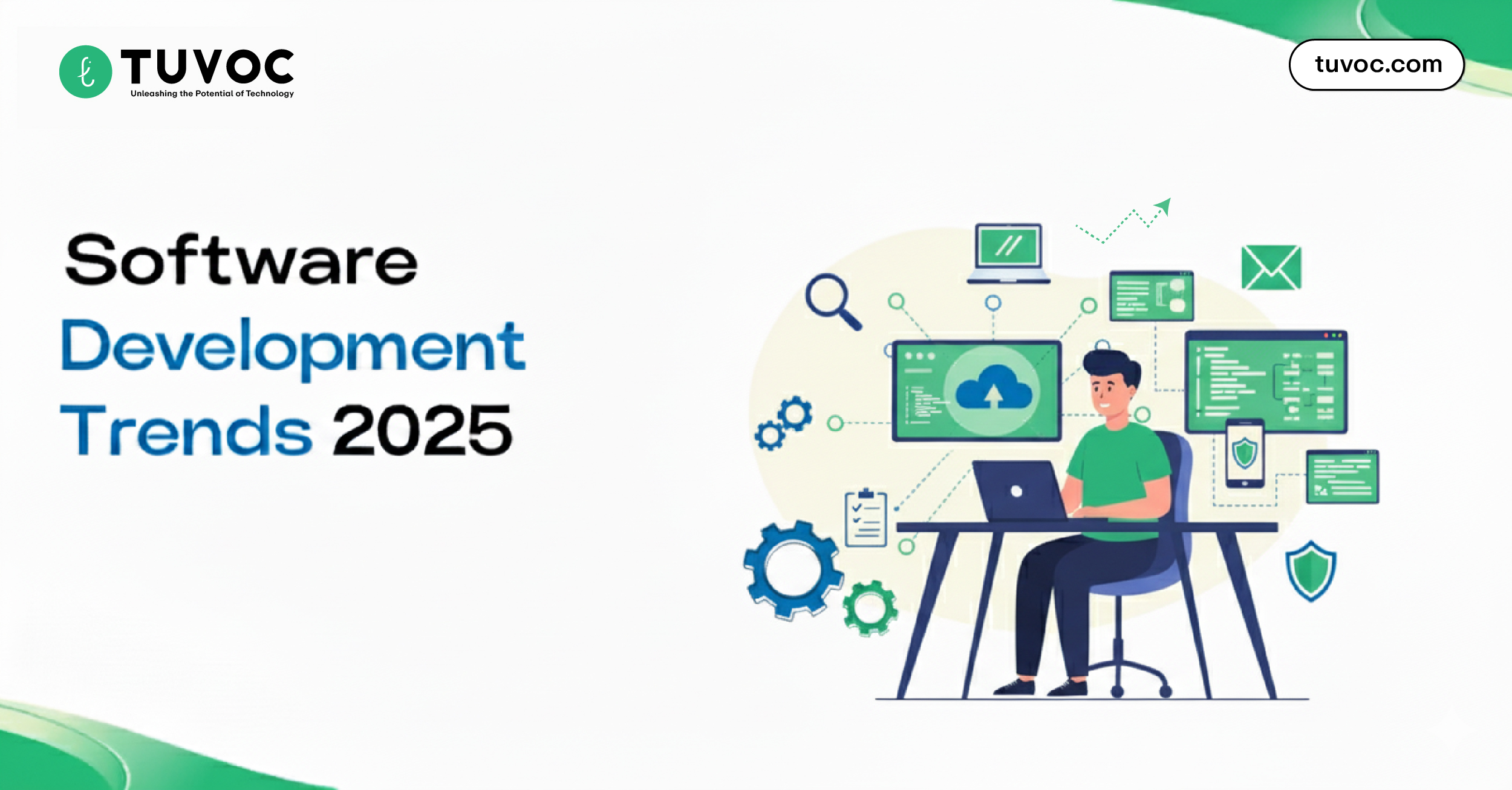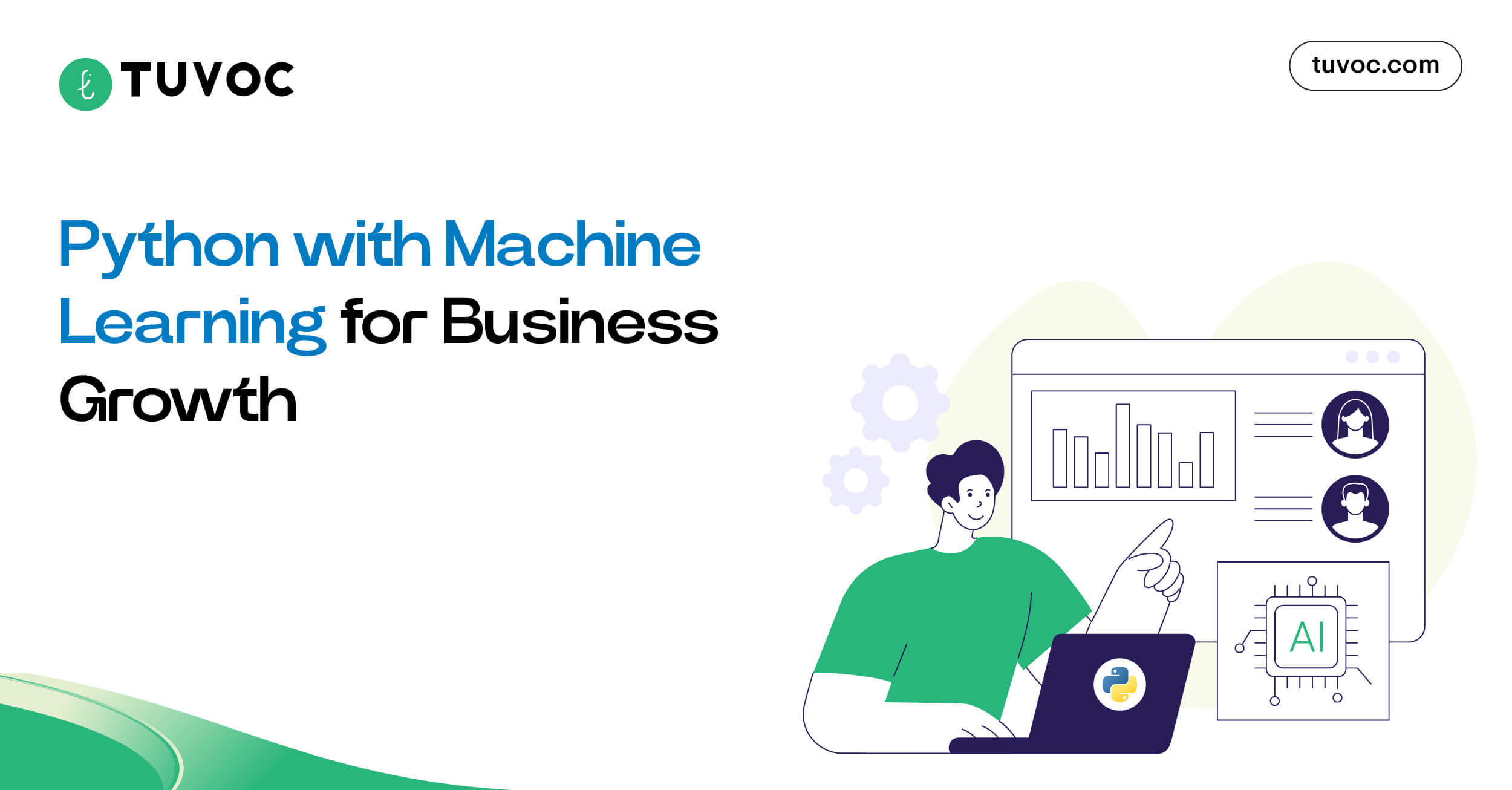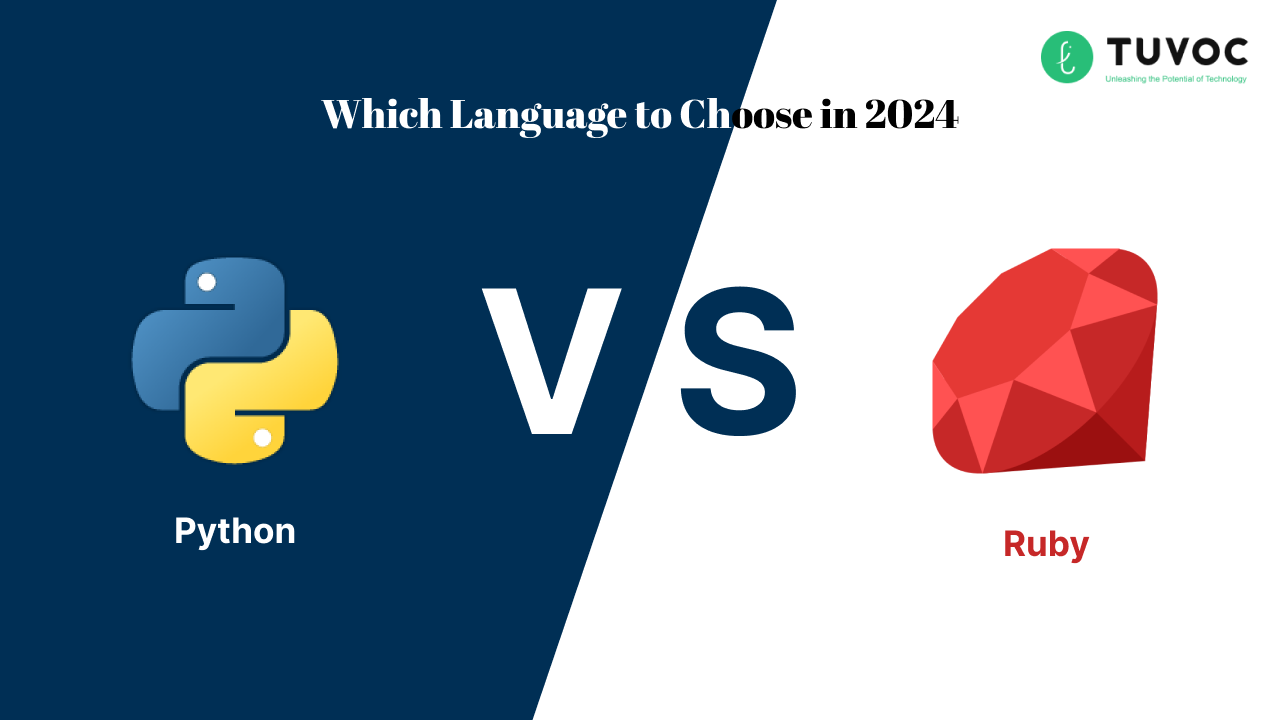Introduction
It is very important to choose the right programming language, and for 2024, we have two outstanding options. Ruby and Python have been trendy among developers; however, they have different strengths and weaknesses, working at their utmost best for different types of projects.
Let us explain the main differences between Ruby and Python so you know which would be the correct option for your development needs in 2024.
1. Philosophy of Language:
Python is a language widely praised for its simplicity and readability. Most of all, its design philosophy focuses on the readability of code. The syntax helps the developer reduce the lines used in expressing thoughts. Because of its simplicity and clarity, Python is very suitable for beginners and people who want to swiftly develop projects without spending much time on complicated syntax. If you’re just starting out, be sure to check out our Python beginners guide to get up and running with confidence.
On the other hand, Ruby is based on “developer happiness.” Ruby focuses on flexibility and freedom by letting developers express themselves more naturally. This is what often results in elegant and concise code, but this may easily morph into something unpredictable, especially if the documentation isn’t good.
2. Popular Frameworks:
One of the major reasons that happens to be on the top list of reasons for selecting a specific language is the large number of available frameworks with a definite ecosystem.
Python developers, on the other hand, have a high-level, powerful, and very effective framework in Django—ideal for building large and complex heavy applications. Further, another famous framework in Python is Flask, which is a lightweight and simple alternative that gives developers more control and flexibility. This method is best suited for smaller applications and microservices.
Ruby is usually synonymous with the framework Ruby on Rails, or Rails for short. This framework greatly influenced web development because of convention over configuration, which means much less setup and configuration time and effort needed to just begin a new project. Rails is known to strongly support such convention, helping more in the development process.
3. Community and Support:

Both Python and Ruby have fairly large, active communities, but Python’s is by far the largest. This could be because of just how many various applications Python finds use in—variously from web development to data sciences, machine learning artificial intelligence, and automation. A large community nurtures more libraries, more resources for learning, and a bigger pool of people to seek help from.
Although Ruby’s community is small, the people in it are very passionate and dedicated, more so in the web development space. Another added advantage is that the Ruby community is famous for writing quality documentation and resources, which are extremely useful to a developer working on Ruby on Rails.
4. Performance:
Performance-wise, Python and Ruby are relatively close, but Python has a slight edge, especially in areas such as data processing and machine learning, where performance counts. This is majorly thanks to the huge array of libraries that are better optimized for speed and efficiency, including NumPy and Pandas.
While Ruby is more than adequate to serve most web applications, it still occasionally lags–sometimes quite dramatically. More often than not in day-to-day web development, however, this difference in raw speed is irrelevant, and the serious performance bottlenecks are most likely to be found in the database or network, not the language itself.
5. Use Cases:
Python is very versatile and this can fit into any kind of project; it could be in web development, data science, machine learning, automation, or scripting. Its wide structures of libraries and frameworks can support from simple script automation to complex machine learning algorithms.
Ruby is majorly applied in web development, especially during the phase of Ruby on Rails. It can also be used in other genres, but its ecosystem is most robust in web development. If you are building a web application and want a language and framework that will help you sustain developer happiness and productivity, Ruby on Rails will come in handy.
6. Learning Curve:
Python would typically be recommended as the best language for an absolute beginner because of its readability and availability of a lot of documentation. With clear syntax, this programming language happens to be among the easiest compared to most other programming languages, and in that effect allows one a simple approach toward coding that enables beginners to easily start quickly building up projects.
Ruby also presents a relatively gentle learning curve, especially when used with Rails, where a lot of the complexity under the hood goes unnoticed. At the same time, though, Ruby’s flexibility sometimes makes it difficult for beginners to understand what’s going on under the hood.
7. Future Prospects:
Both Python and Ruby have bright futures, but Python’s versatility puts it a number ahead. Python’s control in the fields of data science, artificial intelligence, machine learning, and automation will keep it one of the most wanted skills for a long time.
The future of Ruby, to a very great extent, depends on the success of Ruby on Rails. While Rails is still in vogue, it especially centers on startups and small companies that do not have the same potential demand as that of Python over any emerging field like AI or even machine learning.
Conclusion:
In the debate about Ruby and Python in 2024, it all depends on your specific wants and the kind of project you’re working on. If you’re more inclined toward web development and value convention and productivity, then Ruby on Rails is a solid choice. But if you need a highly versatile language that can be applied across a wide range of applications, then Python is the way to go. Choosing the right Python development services can help you turn that flexibility into powerful, scalable solutions tailored to your project’s needs.
If you want to unleash the power of both languages, then the solution could be to develop it in two languages. Get a dev company like Tuvoc Technologies that has experience in both: Python and Ruby. Therefore, the right Custom Python development services team will help you leverage the best tools for your specific needs, whether you need a web application built with Ruby on Rails or a deep data-driven project empowered by Python.
Ready to get started? Hire a Python developer from Tuvoc Technologies and bring your vision to life.
Have an Idea? Let’s Shape It!
Kickstart your tech journey with a personalized development guide tailored to your goals.
Discover Your Tech Path →Share with your community!
Latest Articles

Comprehensive Guide to Software Development in 2025: Trends, Process & Best Practices
As a global society, we are facing headwinds; from geopolitics to finance to technology, turbulences are everywhere. Amidst these oscillations,…

Building Fast and Scalable Apps with Bubble App Builder’s Best Features
Introduction - Why Choose Bubble App Builder The fallacy of no-code platforms being unable to perform at an enterprise level…

Why Python with Machine Learning is Perfect for Your Business
In our daily lives, we are surrounded by advanced AI/ML models that help make our lives easier. From Alexa and…




